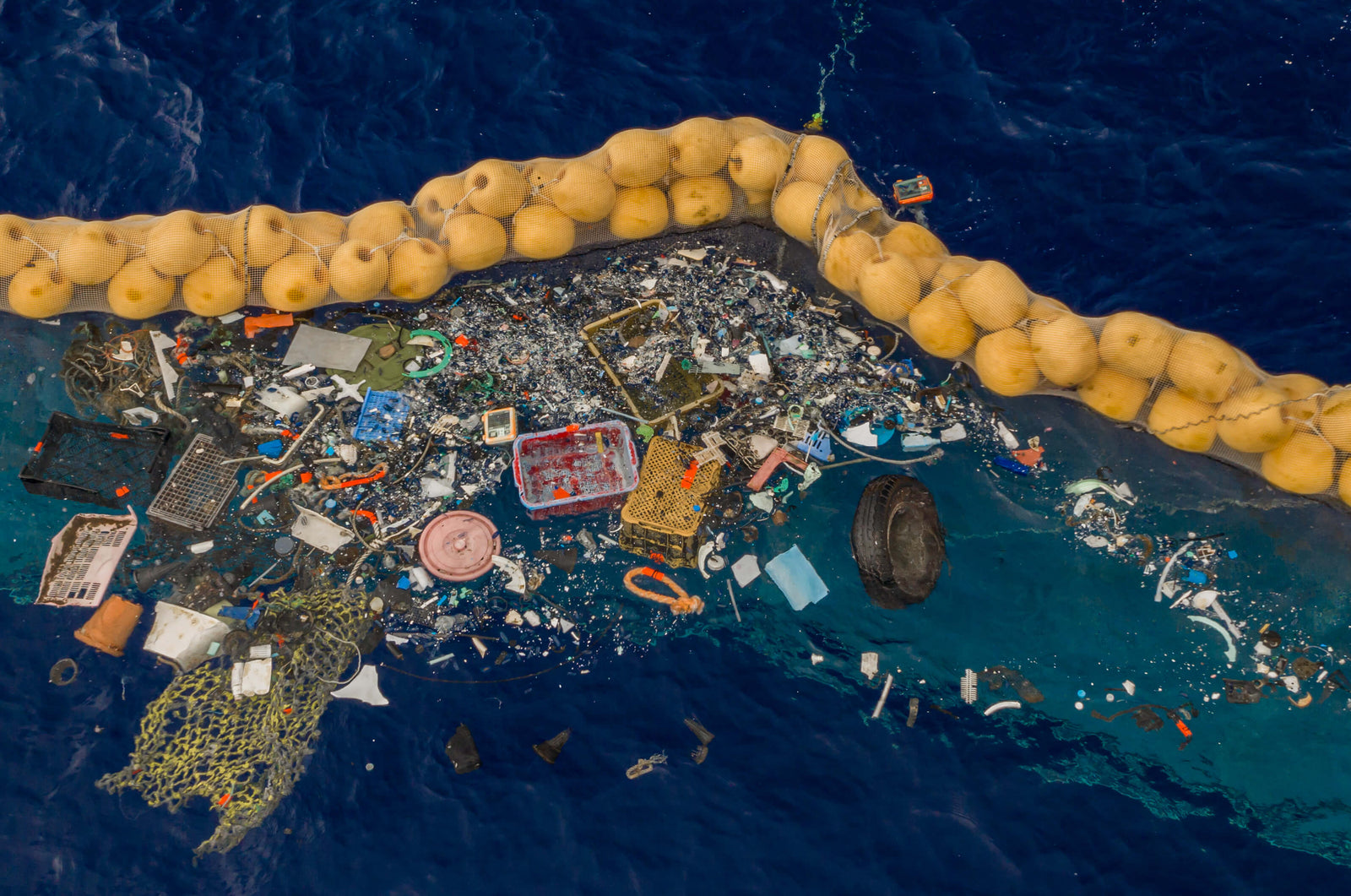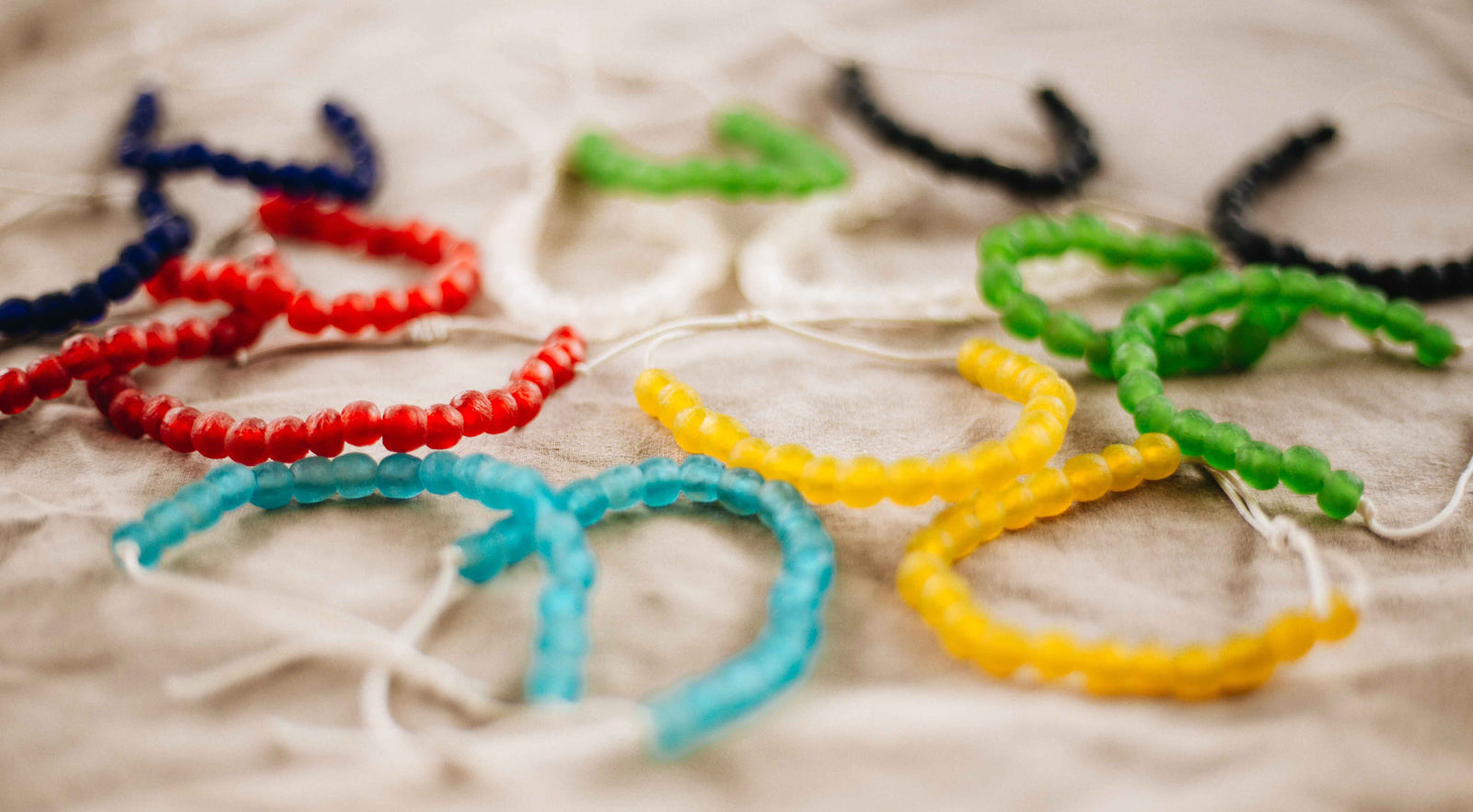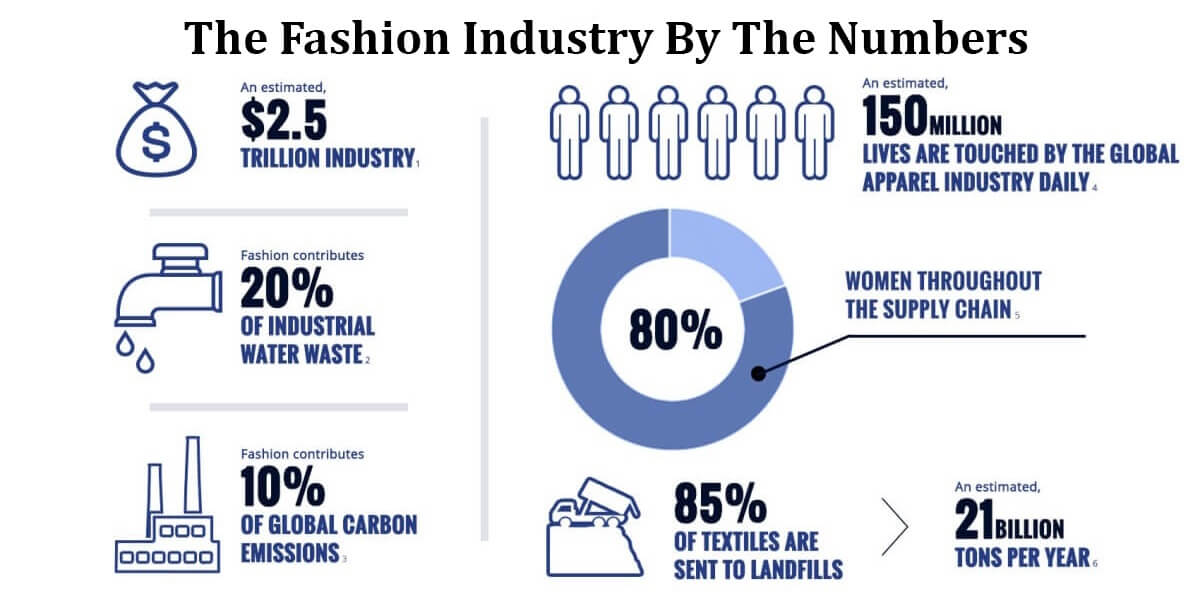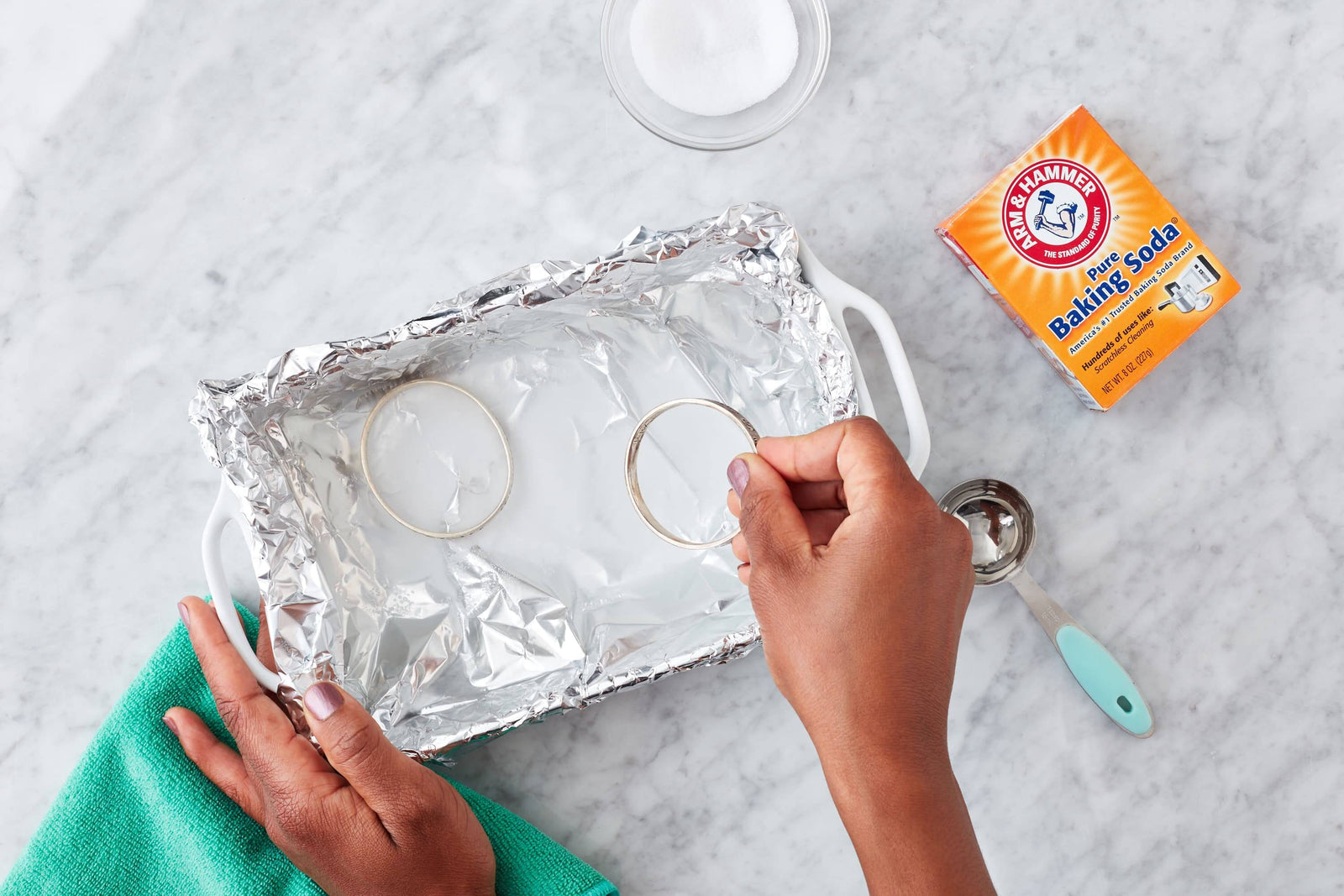Your Cart is Empty
Be the Change You Wish To See In The World!!!
Save the Ocean Bracelet Helps With Plastic Pollution
According to World Wildlife Magazine, a dump-truck load of plastic enters our oceans every minute, which degrades our beaches, harms wildlife, and contaminates the food supply for all. Most of us have heard about disposable straws landing in the oceans, though that is just a fraction of the problem. The amount of marine debris, especially plastic, is increasing at an alarming rate. In some areas, plastic pieces outnumber plankton on the ocean’s surface at a ratio of 6:1.
Plastic debris in the ocean upsets the ecosystem, kills fish, marine mammals, and seabirds. How do we reduce our plastic footprint in our oceans? Who is leading the charge to clean up the debris already there? Every one of us can actively reduce the amount of plastic that’s making its way to our ocean waters.
Our save the ocean bracelet supports organizations like The Ocean Cleanup, whose mission is to save our ocean's marine life from the toxic effects of plastic pollution. Something as simple as buying a "save the ocean bracelet" can support this critical effort to raise awareness and preserve our marine life worldwide.
The Problem with Plastic in the Ocean
In our everyday lives, we depend on plastic, so much so that we cannot switch to alternate materials. While single-use plastic is a significant source of waste, even the more durable plastics present an issue. While plastic is recyclable, many societies do not have the means nor the regulations in place to handle the volume of discarded plastic.
One recent EPA report reminds us that all plastic ever manufactured still exists. Meaning, plastic doesn’t break down and remains wherever we leave it, whether that be to a recycling plant for reuse, in landfills, or, sadly, in our precious oceans.
Plastic debris in the world’s oceans is a global crisis. Despite the availability of recycling, worldwide legislation, and cleanup efforts, billions of pounds of plastic waste are still entering the sea faster than we can clean it up. Up to 40% of the ocean’s surface in any part of the world is floating plastic debris. Various organizations predict that, pound for pound, plastic will outweigh all the fish by the year 2050.
 Photo by The Ocean Cleanup
Photo by The Ocean Cleanup
Impact on Marine Wildlife
As most of us know, plastic is deadly to the ocean’s wildlife, including seabirds, turtles, seals, whales, and so on. The animals ingest it or become entangled in the floating debris. The species number in the hundreds, if not thousands. In the North Pacific region alone, fish swallow up to 24,000 tons of plastic per year. Keep in mind that these fish are part of the ocean’s food chain, which means larger fish and marine mammals ingest fish already contaminated with plastic.
For example, sea turtles mistake floating plastic for food. They can die from choking or from starvation because their bellies are full of plastic that they cannot pass. More than half the sea turtles around the world have ingested plastic, so much so that it interferes with their reproductive cycles as well.
Seabirds face a similar fate. May starve because the plastic reduces storage volume in their stomachs. At least 60% of all seabirds have ingested plastic, and that percentage will only grow. Researchers have similar predictions for whales, as more and more dead whales have washed up with their bellies full of plastic debris.
Hundreds of cases have been reported of seals and sea lions becoming entangled in large pieces of plastic debris like discarded packaging material and packing bands. Entangled animals cannot swim, feed, or properly surface for air.
 Photo by Flickr/Sparkle Motion
Photo by Flickr/Sparkle Motion
In the Human Food Chain
Not only does this eventually kill the fish, but it also transfers plastics to our food supply. At least 25% of the fish market in California, USA, contains plastic microfibers in its guts. Some plastic is broken down by the salt water and sun, creating microplastic contaminants. As a result, even the smallest of fish ingest microplastics, which contaminates the food chain to us.
The National Center for Biotechnology Information (NCBI) reports that microplastics have caused widespread contamination of human’s seafood supply, resulting in residual toxic chemicals being present in the fish and shellfish we consume. Researchers state that the effects of these toxins on human health require further study.
Given the rampant increase in plastic pollution in our oceans, it is apparent that we must do more than encourage recycling. We should reduce our plastic footprint everywhere, which reduces contamination in the sea as well as on land, rivers, and other water supply sources that eventually lead to the ocean.
 Photo by Paulo Oliveira/Alamy: The stomach of a fish in Portugal that has ingested microplastics
Photo by Paulo Oliveira/Alamy: The stomach of a fish in Portugal that has ingested microplastics
Reducing Our Plastic Footprint
When it comes to reducing the plastic footprint in the ocean, we must do more than recycle. We must think of why and how plastic makes it to the ocean in the first place and stop the influx. Only then will the cleanup efforts have a significant impact.
It is up to all the global communities to think about the plastic lifecycle and reduce the production and inevitable waste of plastic at every point. This must include everyone from consumers to governments, manufacturing companies, and waste management entities.
Reduction and Recycling
Companies can do more to use recycled plastic materials and cut down on their product packaging. Many are taking charge of those initiatives; others are still learning how. Likewise, researchers are developing new technologies that will allow us to recycle materials that we cannot recycle now, such as diapers. In this sense, cross-collaboration is in order so that companies can work with waste management to develop these technologies.
Waste Disposal
Waste disposal policies, where they exist, vary wildly across the globe. Most countries, including the United States, only recycle a small fraction of the recyclable waste it produces. As consumers, we can purchase products made from recycled plastic or support companies that strive to improve recycling procedures. We can stop using single-use plastics when possible, and support legislation that reduces or eliminates certain single-use products.
Increasing Legislation
As governments increase their understanding of the plastic pollution crisis, legislation emerges to help regulate recycling as well as waste management. While such legislation is slow to develop, it is happening and can have a considerable impact on reducing the plastic footprint in our oceans. Citizens, environmental organizations, scientific communities, and governments must do better to collaborate and advocate for legislation to save the world’s oceans from this crisis.
Supporting Cleanup Efforts
While marine debris is pervasive throughout the world’s oceans, many of the cleanup efforts focus on the Great Pacific Garbage Patch. This is a concentration of marine debris in the Northern Pacific Ocean. Also known as the Pacific trash vortex, this area covers two smaller areas from the West Coast of North America to Japan. The first area is the Western Garbage Patch near Japan, and the Eastern Garbage Patch, which is between California and Hawaii.
These two areas converge north of Hawaii, meeting with cooler water from the Arctic. Debris moves from one patch to another. The North Pacific Subtropical Gyre also surrounds the entire patch, a system of currents that swirl and draws the debris in, then traps it there. The debris includes visible floating plastic as well as microplastic particles that make the waters muddy in appearance.
No one knows exactly how much debris is in the waters or on the ocean floor of the Great Pacific Garbage Patch, though we do know that most of it comes from land-based activity in Asia and North America. About 20% comes from water-based activity from cargo ships, fishing boats, boaters, and offshore oil rigs.
 Photo by The Ocean Cleanup
Photo by The Ocean Cleanup
The Ocean Cleanup
While there are many notable organizations attempting to clean up the Great Pacific Garbage Patch, we have chosen to support a nonprofit organization called The Ocean Cleanup due to its proven mission and success rates.
The Ocean Cleanup has developed advanced technologies to remove plastic debris from the ocean, in part by using the ocean's natural currents. They have created a passive drifting system, which they predict can clean up half of the Great Pacific Garbage Patch within the next five years.
 Photo by The Ocean Cleanup
Photo by The Ocean Cleanup
Ocean Cleanup Bracelets
One of our more popular items is our Ocean Cleanup Bracelet, which applauds The Ocean Cleanup’s efforts to rid our waters of plastic debris and save marine wildlife. We donate 10% of the proceeds from each save the ocean bracelet purchase to The Ocean Cleanup to Help.
Our ocean bracelets are also representative of the cause by using recycled plastic materials. Our skilled beadmakers use recycled glass bottles to make the beads. And, the adjustable cord is made from recycled plastic water bottles.
Ridding the Ocean of Plastic
Cleaning and preserving our oceans are massive undertakings that require a unified global effort. While many needed changes are slow to emerge, industry, governments, and the scientific communities are working towards solutions.
In the meantime, citizens and small companies like us are ready to do our parts as well, whether that be one bottle, one bracelet, or one bead at a time. Save the ocean bracelets are our way of lending awareness and financial support to such an ambitious cause. Why not Buy a Bracelet today?
Comments will be approved before showing up.
In short, ethical fashion works toward the social good of society. It takes into account the workers who make the clothing industry possible. This includes everyone from the farmers who grow the fabric to the garment workers who stitch the pieces together. These efforts go beyond the surface we see as consumers. Rather, social good is deeper than the public image. A brand must take care to ensure fair wages, maintain fair trade certifications, and provide healthy working conditions. The ethically responsible brand invests in its people as much as it does its product, if not more so.
Now, you never have to tuck your jewelry away because it needs a deep cleaning. You can keep your jewelry sparkling yourself using eco-friendly cleaning agents you probably already have around the house.
Here are a few cleaning options that don’t involve harsh chemicals.



